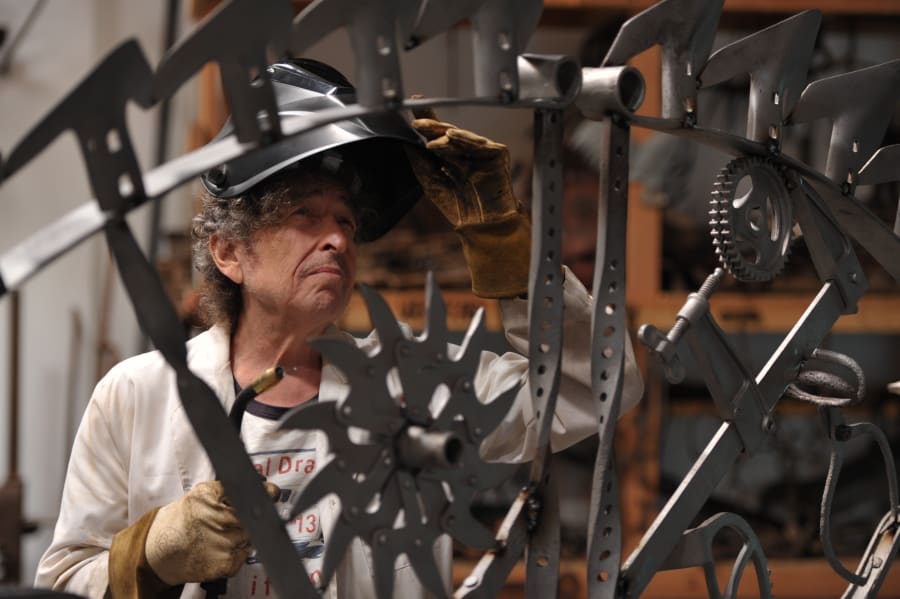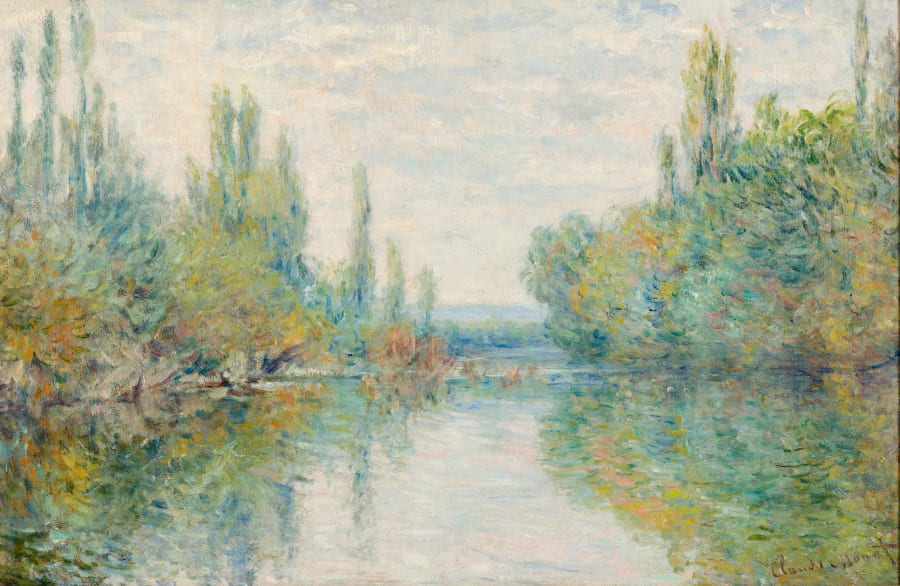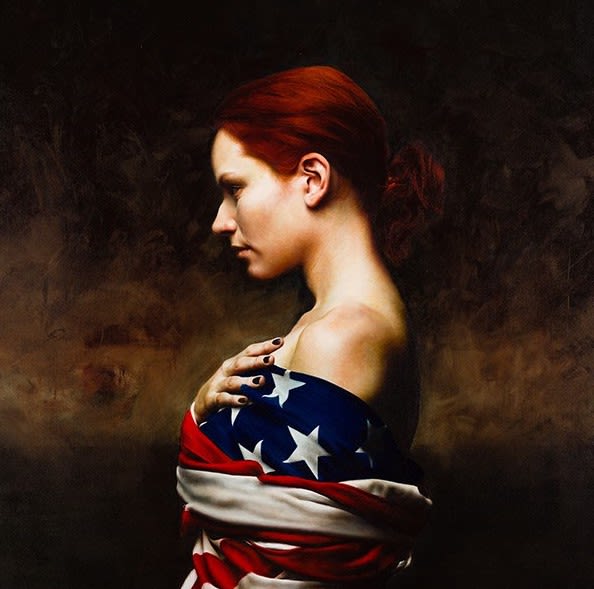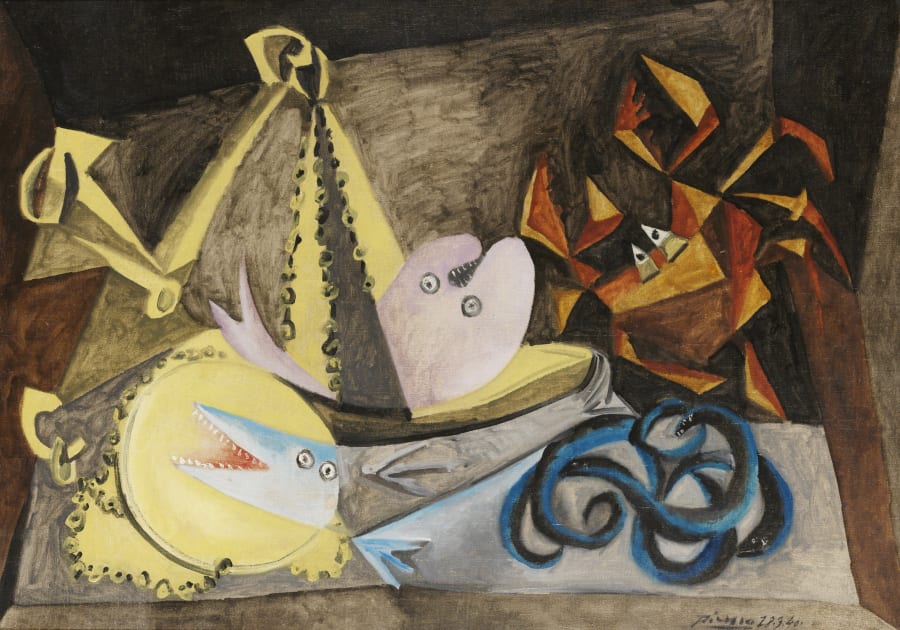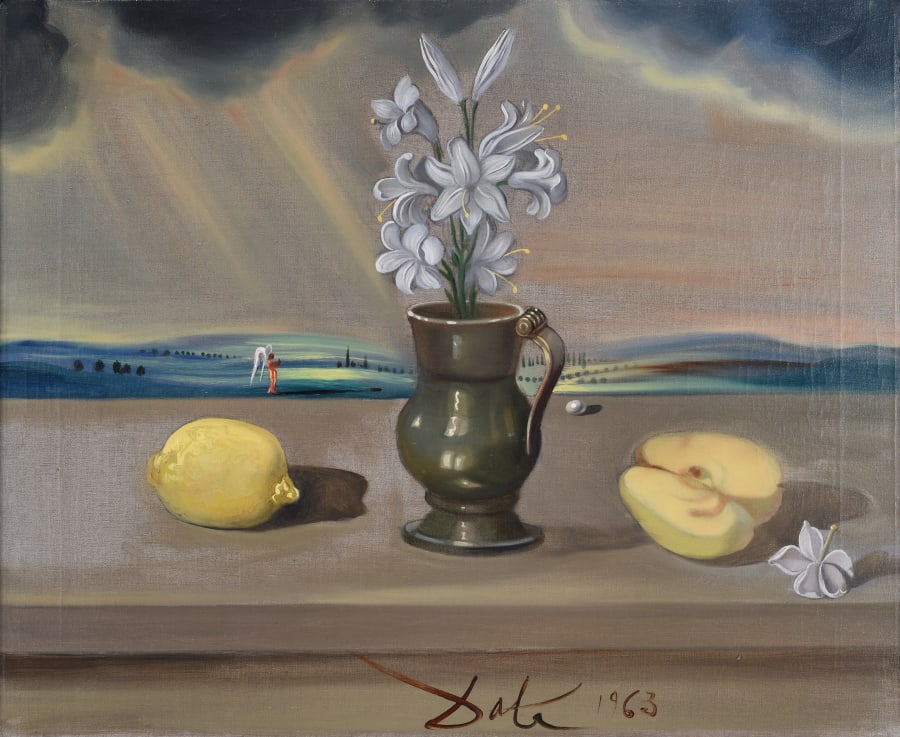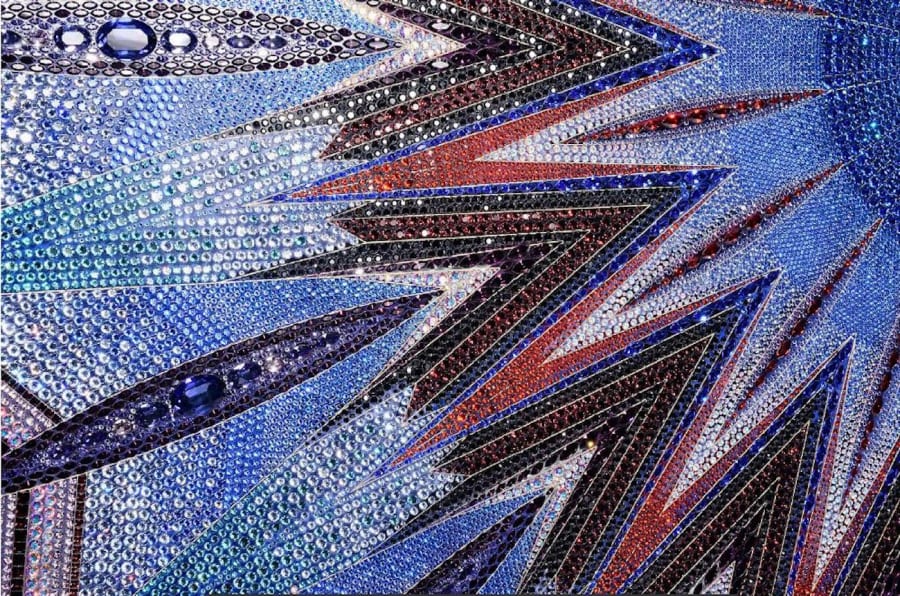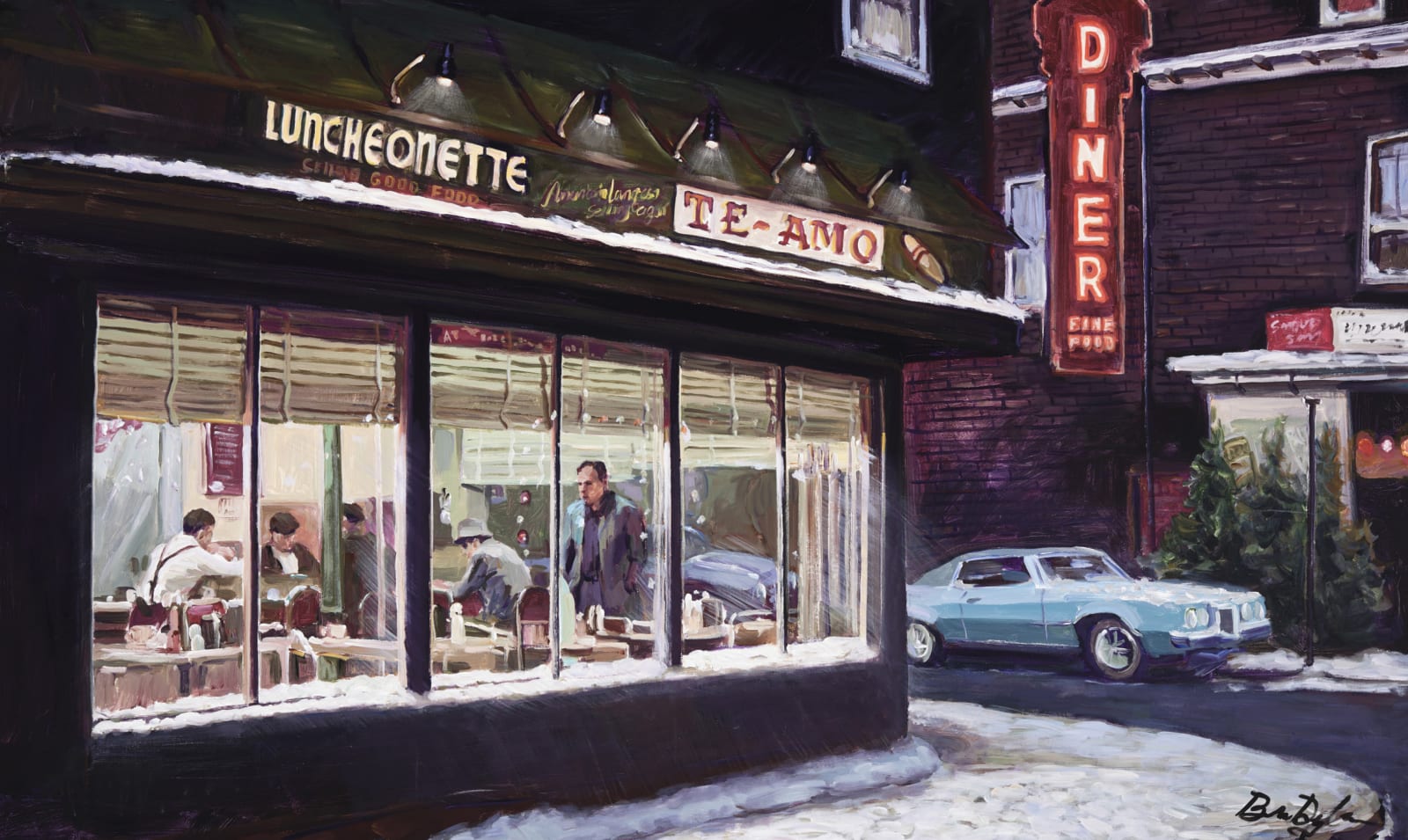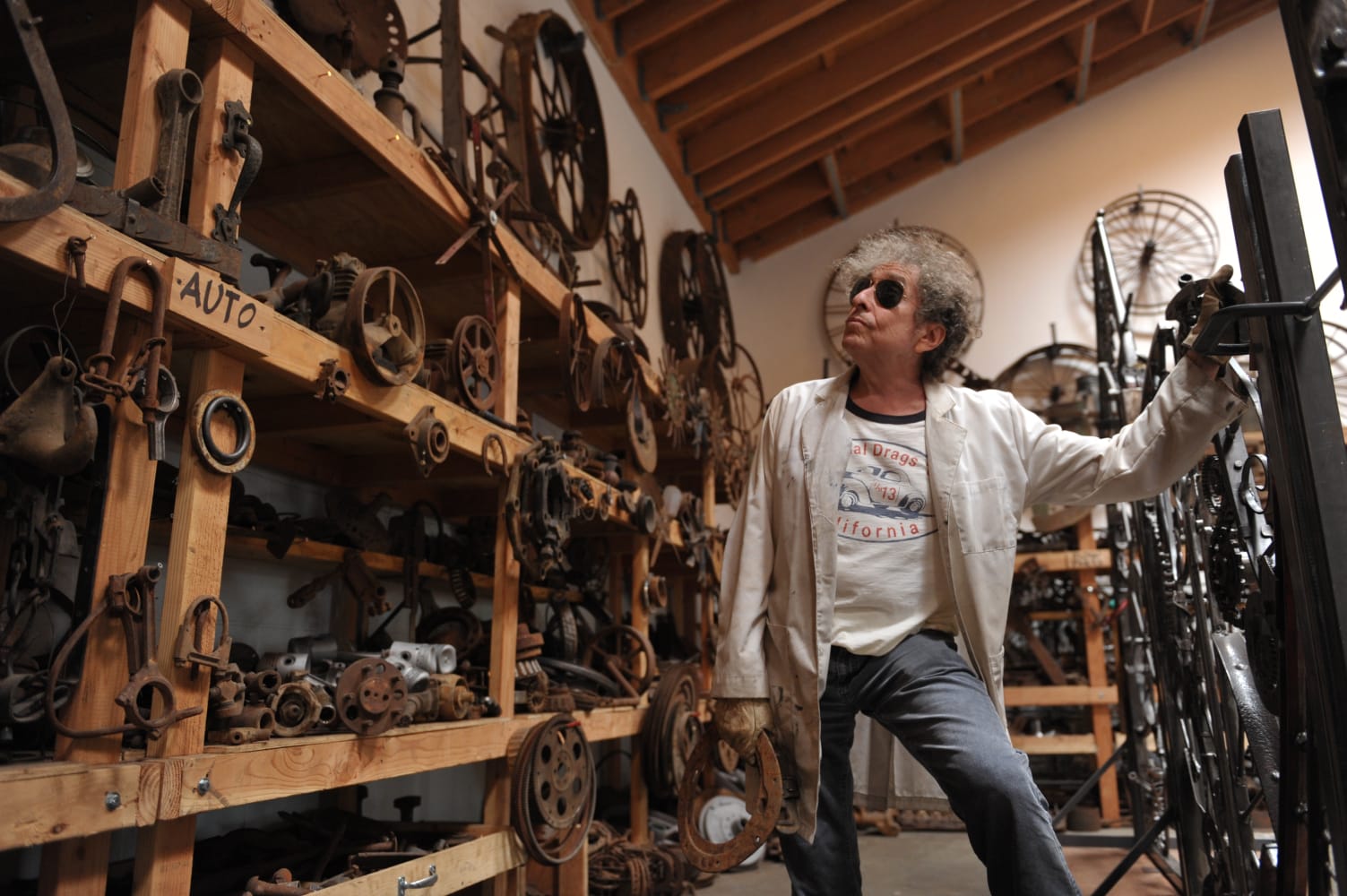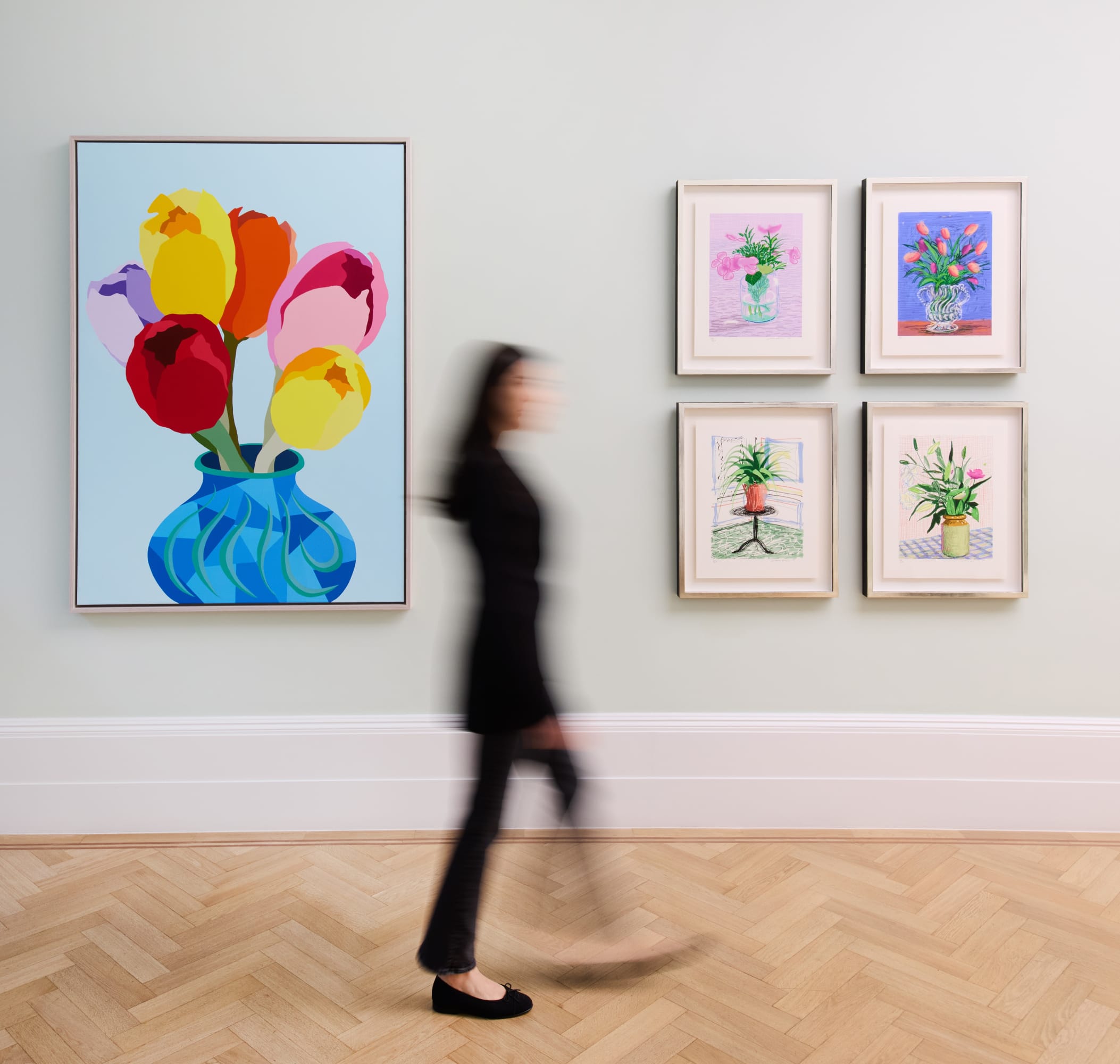

Pedro Paricio's Tulips

Pedro Paricio’s Tulips (2023) is a pure expression of the core theme that is explored in In Plain Sight. Paricio has taken the common tulip and transformed it into something monumental, vibrant and unique. This painting is a true representation of the artist's sensitivity to the world around him and his ability to appropriate and manipulate everyday objects for the purpose of art. Paricio’s approach is not to represent his subject as it can be seen in nature but to transform it with his artistic language which he summarises as "a pop look but classic spirit".
Tulips are a traditional subject in the history of art, not least represented by Dutch 17th-century painters who were fascinated by the flower that had recently been introduced from Turkey. Jan Brueghel the Elder’s (1568 – 1625) paintings of tulips are exceptional examples of this tradition.

The piece also shares significant affinities with David Hockney’s vibrant interpretation of Cubism, exemplified by works such as Two Pembroke Studio Chairs (1984). Hockney is certainly a major influence on Paricio’s work and it probably isn’t a coincidence that the giant of 20th-century British art also represented tulips in several well-known pieces. British Pretty Tulips (1970) is a particularly beautiful example, with its blue vase and rhythmical pattern, which may well have been a point of reference for Paricio.
At 148 New Bond Street, Paricio’s Tulips is hung on the same wall as Hockney’s iPad drawings of flowers which were created in 2010. Hockney’s representation of the subject in a digital medium renders them with bold, unnaturalistic but vibrant technicolour, an approach that Paricio recreates in his monumental artwork through the traditional medium of paint on canvas.
Paricio’s Tulips, like so much of his work, instigates a complex dialogue with artists throughout history and takes influence from a vast array of sources. However, the final product is a style that is distinctly his. The illusion of solidity casts these flower buds almost in relief from the canvas - their vibrant energy is suspended out towards the viewer, seemingly frozen at the moment of bloom. Paricio takes the quotidian and transforms it into something miraculous.
If you are interested in adding Pedro Paricio to your collection speak to one of our art consultants today - email us info@halcyongallery.com



